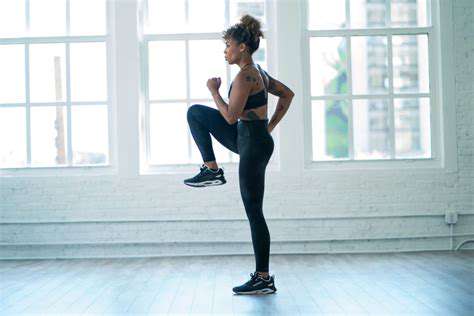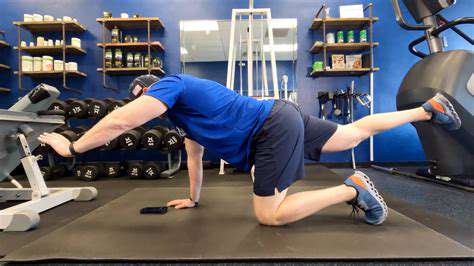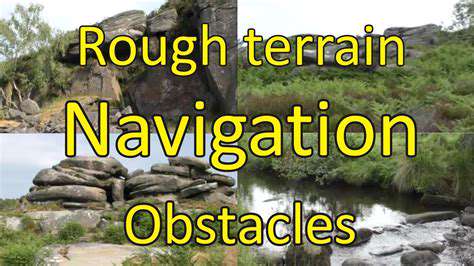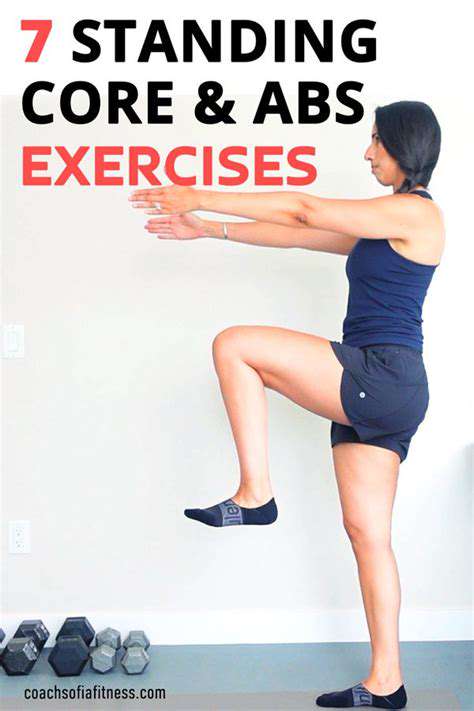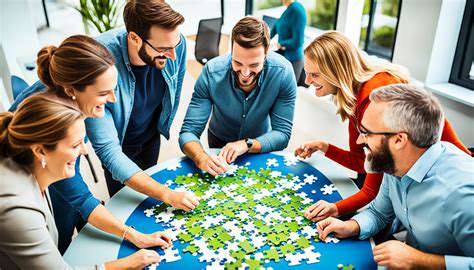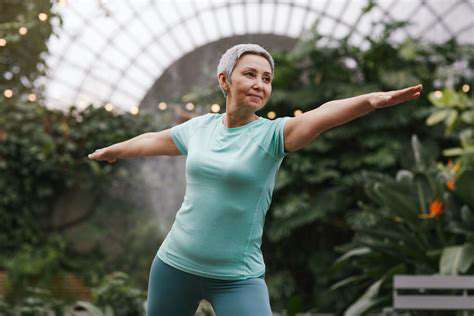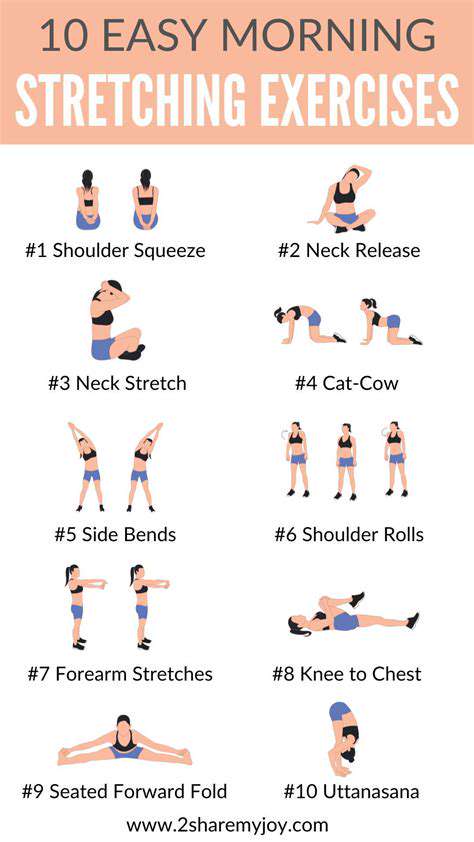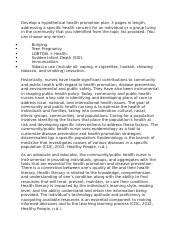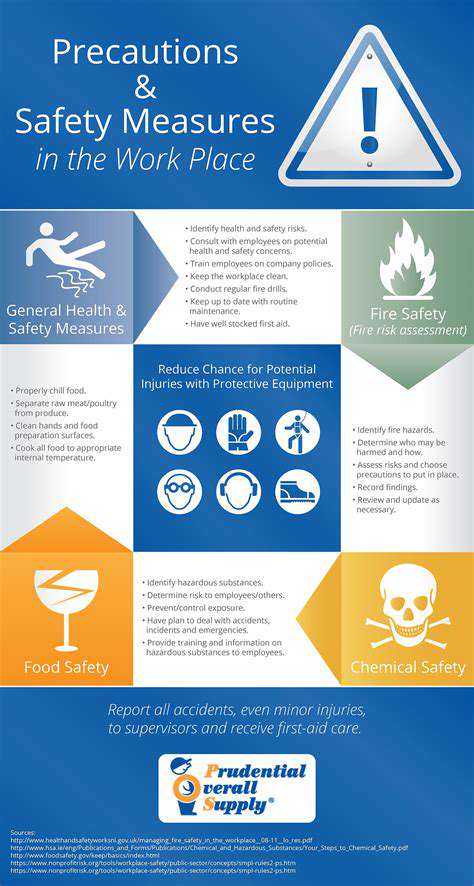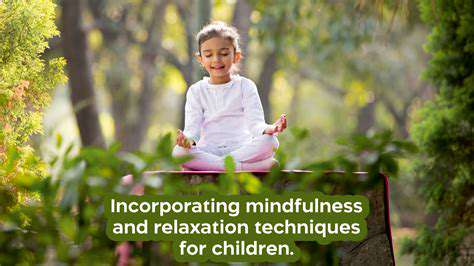Fun Balance Activities for Seniors: Stay Engaged and Steady
Heel-toe walking is another effective exercise: walk forward placing each heel directly in front of the toes. This movement strengthens leg and ankle muscles while improving both balance and coordination. Maintain steady pace and controlled movements for several repetitions.
Advanced Balance Exercises
For those ready for greater challenges, advanced exercises further improve stability and body awareness. The single-leg stand with reach adds complexity: while balancing on one leg, extend the opposite arm and leg outward. This engages more muscle groups while significantly challenging balance. Maintain proper posture and core engagement throughout.
The tandem stance provides another progression: place one foot directly in front of the other, heel to toe. Hold this position while performing simple tasks like reading. This exercise enhances both balance and reaction time - crucial for navigating uneven surfaces or unexpected situations.
Standing on unstable surfaces like foam pads or balance cushions forces the body to work harder to maintain equilibrium. As comfort increases, gradually increase surface instability for greater challenge. Adding light weights or resistance bands to balance exercises can further improve strength and stability. Always start with minimal resistance and progress gradually.
Consult a healthcare professional before beginning any new exercise program, especially with existing health conditions.
Creative Movement and Dance
Creative Movement Exploration
Creative movement, a form of dance emphasizing self-expression over technical perfection, offers seniors wonderful opportunities for physical and mental engagement. This liberating activity fosters joy while maintaining crucial flexibility, balance, and coordination - all vital for fall prevention and overall wellness.
Through creative movement, seniors develop enhanced spatial and body awareness, often challenged by aging. This process builds deeper physical connections while fostering accomplishment and empowerment - enjoyable experiences that promote positive aging perspectives.
Dance as a Social Connector
Dance classes provide exceptional social opportunities, whether focused on creative movement or structured routines. Shared movement experiences foster community and belonging - essential elements for mental and emotional well-being. Seniors can form new connections, renew friendships, and build supportive relationships in these welcoming environments, combating isolation and loneliness.
The shared joy of movement in supportive settings creates uplifting social experiences. Learning and improving together builds camaraderie that enhances overall well-being.
Adapting for Specific Needs
Creative movement and dance can be modified for various physical abilities. Adjustments ensure all participants feel comfortable and safe regardless of mobility or flexibility levels. This inclusive approach creates welcoming environments where small modifications - like using assistive devices or adjusting pace - make significant differences.
Benefits for Cognitive Function
Beyond physical advantages, creative movement and dance benefit cognitive function. Learning new movements stimulates the brain, potentially improving memory, attention, and focus. Maintaining these cognitive abilities is crucial for senior independence and quality of life. The rhythmic nature of dance combined with music also enhances mood and emotional well-being, making it a multifaceted wellness tool.
Games and Activities for Balance and Coordination
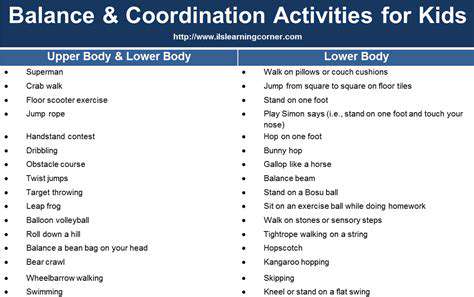
Improving Balance Through Play
Fun games and activities offer excellent ways to enhance balance and coordination across all ages and skill levels. Regular participation leads to noticeable stability improvements and overall physical well-being. Many physical therapy programs incorporate playful exercises to make rehabilitation more effective and enjoyable.
Simple activities like walking on uneven surfaces or single-leg stands can be surprisingly effective when incorporated into daily routines.
Balance Games for Children
Children develop essential balance skills through classic games like hopscotch, jump rope, and playground activities. These require constant body adjustments that improve balance and coordination. Even simple beanbag toss games, requiring stable stances during throws, contribute to balance development.
Balance Activities for Adults
Adults benefit from various balance activities ranging from yoga and tai chi to specialized exercises. These practices help maintain independence and prevent falls - particularly important concerns for older adults. Regular balance exercises promote mobility and reduce injury risks, significantly enhancing quality of life.
Many fitness centers offer balance classes catering to different skill levels, ensuring safe, effective workouts for all participants.
Balance Training with Props
Incorporating props like exercise balls, balance pads, or pillows adds challenge and variety to balance exercises. These unstable surfaces force the body to work harder maintaining equilibrium, significantly improving balance and coordination.
Props can be used creatively - standing on one leg while holding objects or performing squats on wobble boards, for example.
Balance Games for Seniors
For seniors, maintaining balance is crucial for fall prevention and independence. Simple activities like seated chair exercises, standing reaches, or figure-eight walking patterns prove remarkably effective. These low-impact exercises easily adapt to individual needs and abilities. Incorporating them into daily routines can profoundly impact physical well-being.
Adapting Activities for Different Needs
Balance activities can be modified for various needs and abilities. Using assistive devices, adjusting difficulty levels, or performing exercises in controlled environments ensures everyone benefits from balance training. These adaptations promote safe, effective practice while minimizing injury risks.
The Role of Sensory Input in Balance
Balance involves more than physical strength - it's deeply connected to sensory input. Activities incorporating varied sensory experiences (walking on different textures, using visual cues while balancing) enhance equilibrium maintenance. Engaging multiple senses creates more holistic, effective approaches to balance improvement. Combining visual, auditory, and tactile elements provides richer, more comprehensive experiences.
Outdoor Activities and Sensory Experiences
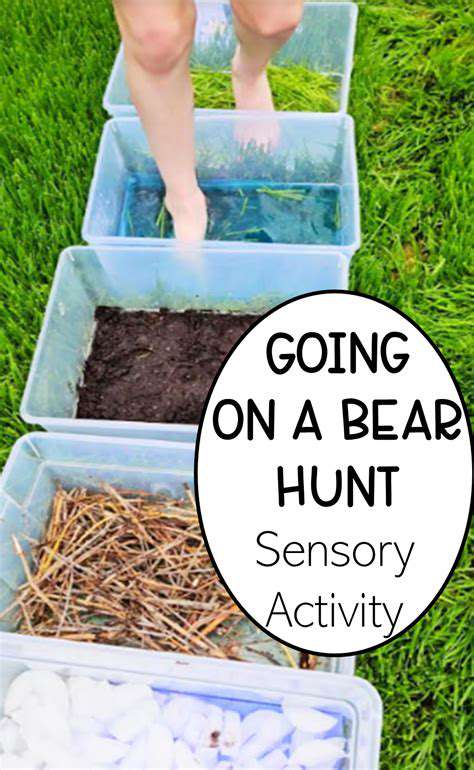
Outdoor Adventures for All Senses
Exploring nature engages all five senses through vibrant flower gardens, babbling brooks, and countless other natural wonders. Direct experiences with nature's beauty foster deeper appreciation for our environment. The feel of grass underfoot, scent of rain-fresh pine needles, and sight of mountain ranges create immersive sensory experiences. Hiking, camping, and birdwatching heighten environmental awareness while cultivating wonder.
Nature reveals endless artistic details - spiderweb patterns, sunset hues, forest floor textures - offering constant discovery opportunities. Deep environmental engagement powerfully connects us with both nature and ourselves.
Sensory Stimulations in Nature
Natural environments provide abundant sensory stimuli - towering trees, waterfalls, rustling leaves, birdsong, soft moss. Walking through sun-warmed meadows amid wildflower aromas creates invigorating sensory experiences.
These natural sensory engagements positively impact well-being. Nature's rhythms soothe minds while vibrant colors and textures uplift spirits. Whether quiet contemplation or active play, nature offers spaces for both relaxation and recreation.
Sensory Exploration for Children
Outdoor play is essential for childhood development, allowing environmental exploration through all senses. Children's natural curiosity drives them to discover their world through running, climbing, and exploring. These natural interactions develop physical coordination, cognitive abilities, imagination, and love for the outdoors.
Nature serves as an exceptional classroom. Children learn about plants, animals, and trees through hands-on experiences. Nature walks, scavenger hunts, and fort-building create memorable learning opportunities while promoting physical activity and social interaction.
Connecting with Nature through Sensory Activities
Nature offers unique opportunities for personal growth and connection. Mindful sensory engagement fosters calm and well-being. Slowing down to observe details - a flower's intricacies, birdsong patterns - helps appreciate nature's beauty and wonder.
Embracing these sensory experiences develops deeper environmental appreciation while strengthening self-connection. These connections often lead to greater peace and fulfillment in daily life.
